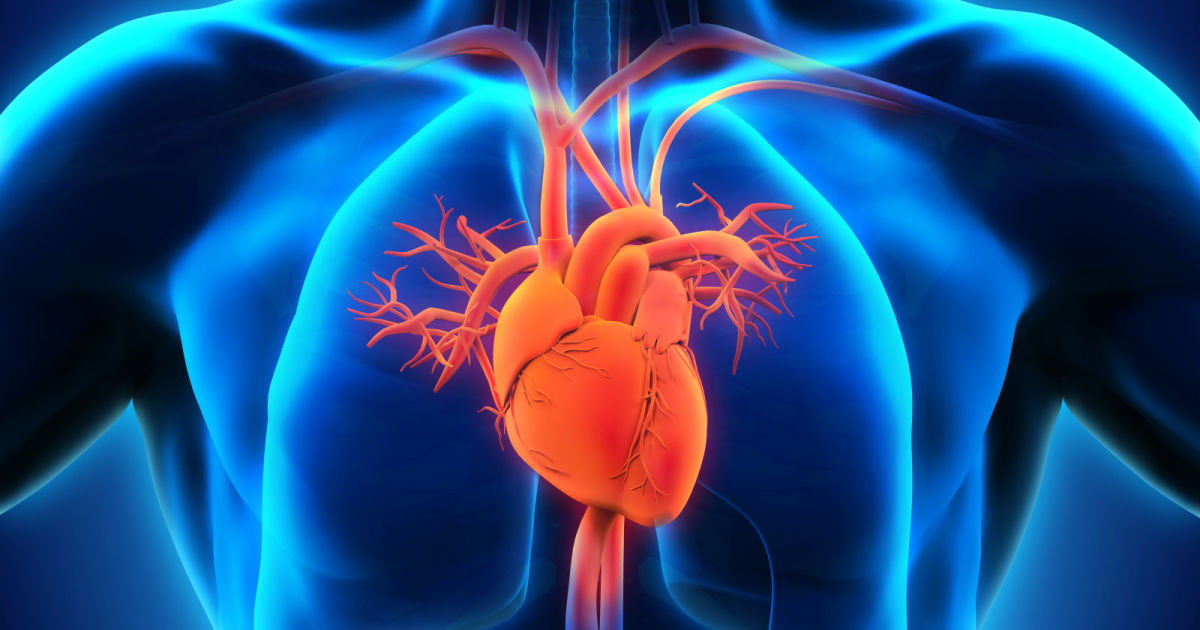Causes And Risk Factors Of Paroxysmal Supraventricular Tachycardia
Paroxysmal supraventricular tachycardia (PSVT) is a disorder characterized by episodes of rapid heartbeat. The hearts of individuals who have PSVT can beat over two hundred times per minute. A healthy individual's heart rate typically ranges from sixty to one hundred beats per minute. Though it can be scary for the patient, paroxysmal supraventricular tachycardia is usually not a life-threatening ailment and indeed, might not need treatment. Patients are only treated long term if their condition alters the way their heart functions in ways that endanger their health. A baby who has an abnormal heartbeat most likely has PSVT. If an adult under sixty-five has episodes of a sped up heart rate, it is more often paroxysmal supraventricular tachycardia as opposed to a more serious condition such as atrial fibrillation. The following are some causes and risk factors for PSVT.
Wiring Problem In The AV Node

Sometimes, the cause of paroxysmal supraventricular tachycardia is a wiring problem in the atrioventricular node. The heart actually runs on electricity, and the AV node is part of its electrical system. It controls how fast the heart beats, and the electrical signals from the chambers found at the top of the heart, or the atria have to go through the node to reach the chambers found at the bottom of the heart, or the ventricles. Basically, the AV node retards the electrical current before it reaches the ventricles. This way, the atria can contract all the way before the ventricles start to contract. But some individuals have an extra wire in their heart that bypasses this system and allows the heart to beat abnormally fast.
Keep reading to learn about more risk factors and causes of paroxysmal supraventricular tachycardia now.